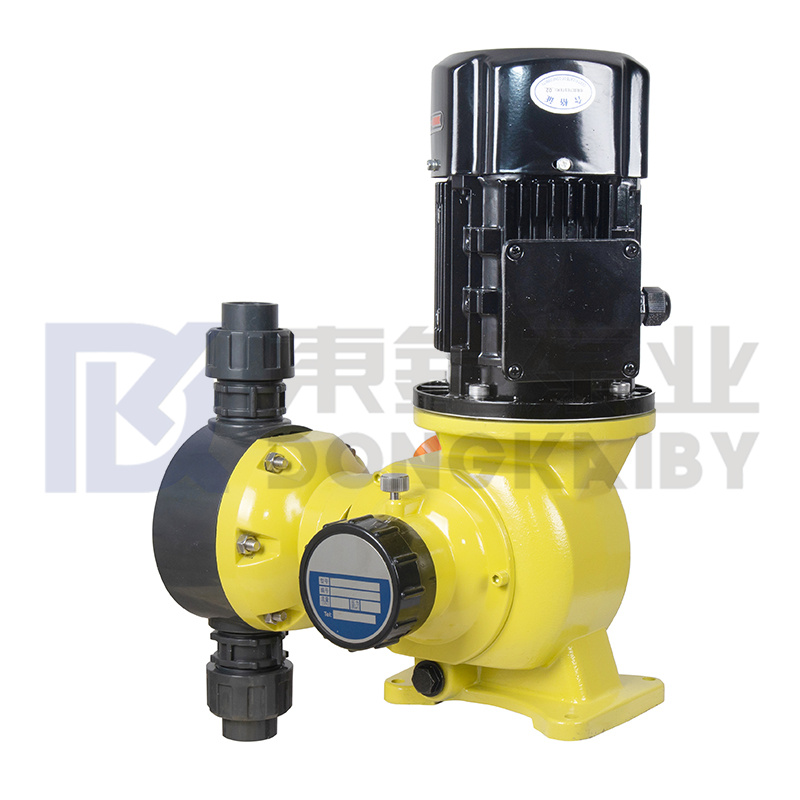Precision in Water Treatment: Key Water Quality Parameters Addressed by Ammonia Dosers
2024-01-17
Introduction:
In the pursuit of sustainable and environmentally friendly industrial practices, certain tools stand out for their significant contributions. Among these, Ammonia Doser systems have emerged as indispensable components across various industries. This blog explores the diverse sectors that commonly harness the power of Ammonia Doser systems to optimize processes, reduce emissions, and adhere to stringent environmental standards.
1. Power Generation:
The power generation sector, particularly facilities using coal or gas for combustion, relies on Ammonia Doser systems to mitigate nitrogen oxide (NOx) emissions. Selective catalytic reduction (SCR) systems, incorporating Ammonia Dosers, play a pivotal role in reducing NOx emissions, aiding power plants in meeting environmental regulations and minimizing their carbon footprint.
2. Petrochemical and Refining:
Industries involved in petrochemical processing and refining face challenges related to pollutant emissions. Ammonia Dosers find application in these sectors to control and reduce NOx emissions from various combustion processes, ensuring compliance with environmental regulations while enhancing overall operational efficiency.
3. Wastewater Treatment:
In wastewater treatment plants, Ammonia Dosers are employed to facilitate the removal of nitrogen compounds, particularly in biological nitrogen removal processes. These dosers play a crucial role in controlling ammonia levels, optimizing microbial activity, and contributing to the efficient treatment of industrial and municipal wastewater.
4. Pulp and Paper:
The pulp and paper industry utilizes Ammonia Doser systems to address emissions generated during combustion processes. By incorporating SCR technology with Ammonia Dosers, these industries can significantly reduce NOx emissions, enhancing environmental sustainability and aligning with regulatory requirements.
5. Iron and Steel Manufacturing:
Iron and steel manufacturing processes involve high-temperature combustion, resulting in the release of nitrogen oxides. Ammonia Doser systems are instrumental in mitigating these emissions, offering a sustainable solution for the iron and steel industry to meet emission standards and promote cleaner production practices.
6. Chemical Processing:
Various chemical processing industries benefit from the versatility of Ammonia Dosers. These dosers aid in pH adjustment, coagulation, and flocculation processes, contributing to the effective treatment of water used in chemical manufacturing processes.
7. Agriculture:
In agriculture, Ammonia Dosers are employed in controlled-release fertilizers, contributing to precision farming practices. These dosers facilitate the controlled release of ammonia, optimizing nutrient availability for crops while minimizing environmental impact.
Conclusion:
The widespread adoption of Ammonia Doser systems across diverse industries highlights their versatility and effectiveness in addressing environmental challenges. From power generation to wastewater treatment, and from petrochemical processing to agriculture, these dosers serve as catalysts for cleaner and more sustainable industrial practices. As industries continue to prioritize environmental responsibility, the role of Ammonia Doser systems is poised to expand, reinforcing their status as essential tools in the journey towards a greener and more sustainable future.



